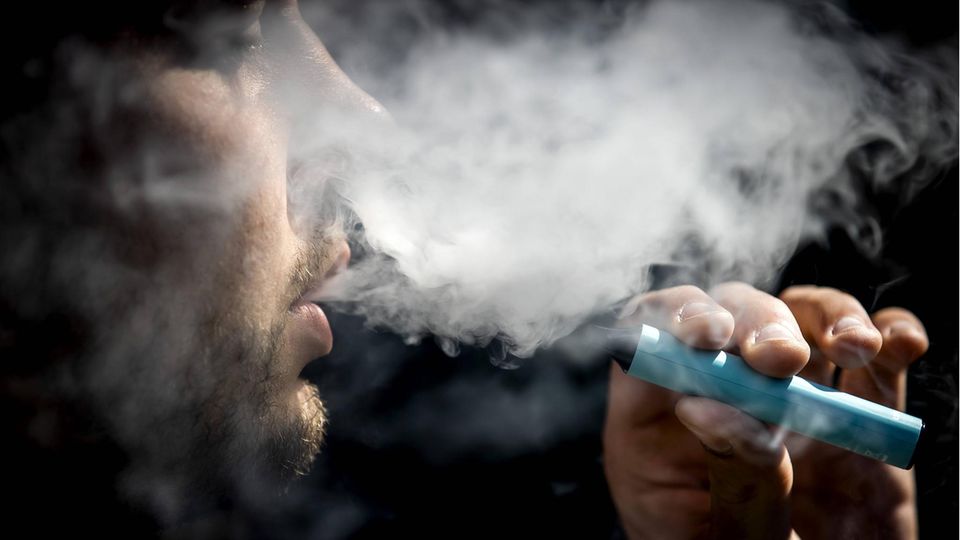battery technology
Researchers develop edible battery that can be recharged
The battery consists entirely of edible material.
© IIT Istituto Italiano di Tecnologia
“An edible rechargeable battery” is the name of the work of a team of researchers who have developed a battery made entirely of edible material. This is especially useful for medicine.
Medical devices that are intended for the human body pose a problem – because a compatible power supply is difficult. A research team from Italy now wants to change that. Scientists at the Istituto Italiano di Tecnologia (IIT) have developed a battery made entirely of food – and it can be recharged.
In the work entitled “An edible rechargeable battery” describes how the new technology works. The anode of the battery consists of the natural vitamin riboflavin. The plant substance quercetin is used as the cathode. The electrolyte forms a solution of sodium hydrogen sulfate, the separator consists of nori algae, also known as the casing sushi rolls Other parts of the battery are made of cellulose and beeswax, the contacts are made of edible gold leaf.
E-mobility for beginners
Everything you always wanted to know about charging with electricity but were afraid to ask
The researchers promise that all the ingredients in the battery remain below the recommended daily maximum dose, i.e. safe for the body. The first tests show that the battery can achieve significant results. The cell, which is around one square centimeter in size, was able to supply 48 microamps of electricity at a voltage of 0.65 volts for twelve minutes. With correspondingly less consumption, it lasts for more than an hour.
So far, it has only been enough for one LED – that is about to change
Research coordinator Mario Caironi sees according to a Contribution of the Institute primarily two immediate areas of application for the battery. He says, “Future uses range from edible health monitoring circuits and sensors to powering sensors to monitor food storage conditions.” However, his team is also working on batteries with more capacity and smaller sizes, so that he can also imagine harmless energy storage for children’s toys or medical robots.
The current performance of the battery is only sufficient for the operation of one LED – this is still not enough for extensive medical applications. But the study primarily serves as a door opener for further research on such batteries, so that the applications mentioned are actually considered at some point.
Recharging is secondary in medicine, but essential in other areas
As far as recharging goes, that only matters in extra-corporeal use cases. Because once the battery has been digested, there is not much left that could store new energy. The property is nevertheless central to the success of the technology, since the production of sustainable batteries also involves other possible applications where multiple use plays a major role.
Ivan Illiac, co-author of the study, ventures a look into the future. “This edible battery is also very interesting as an energy storage device. It is a challenge to build safer batteries without using toxic materials as the demand for batteries increases sharply. Our edible batteries may not power electric cars, but they are proof of that.” “that batteries can be made from safer materials than current Li-ion batteries. We believe they will inspire other scientists to develop safer batteries for a truly sustainable future,” he explains.



